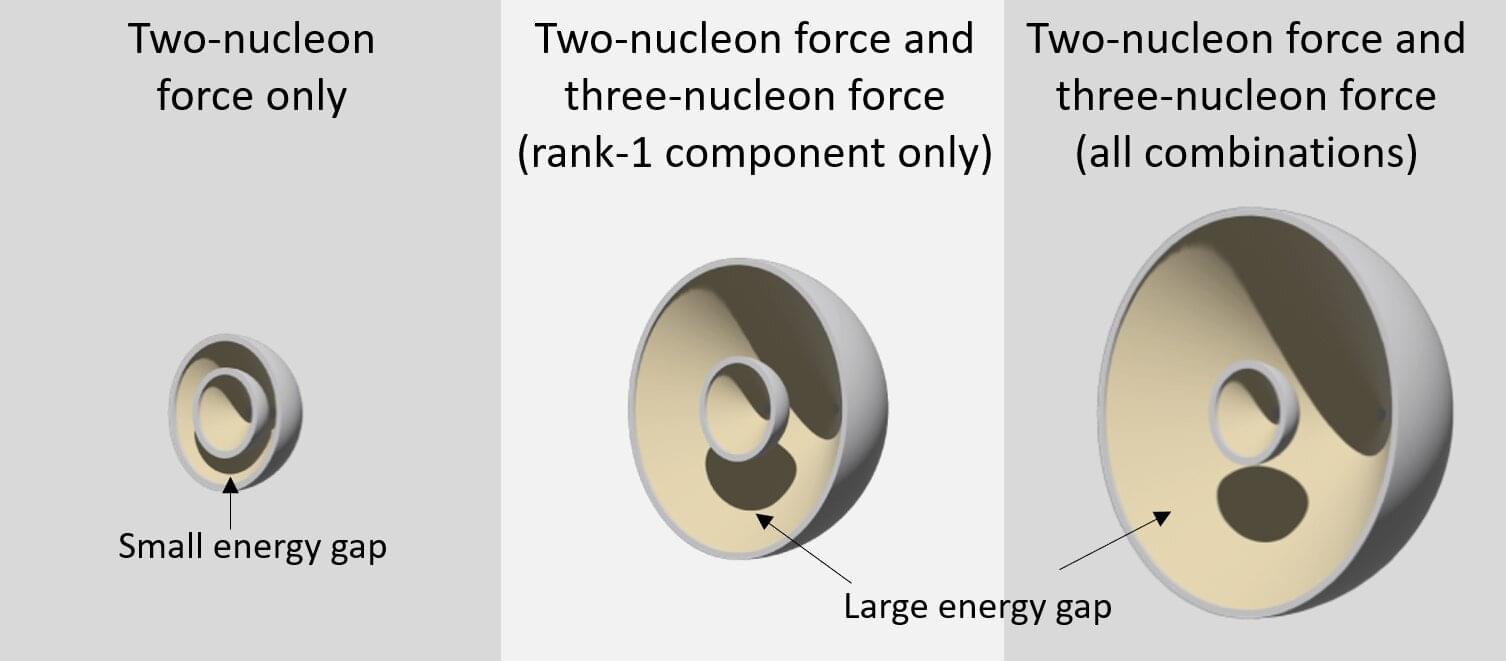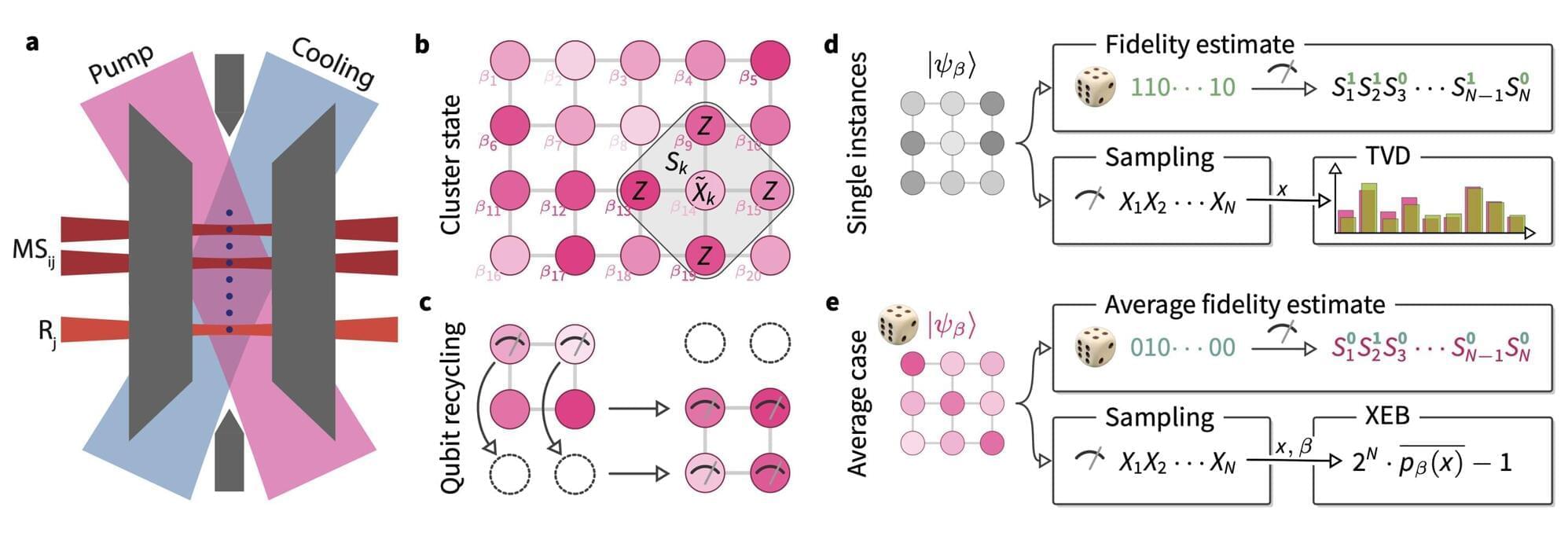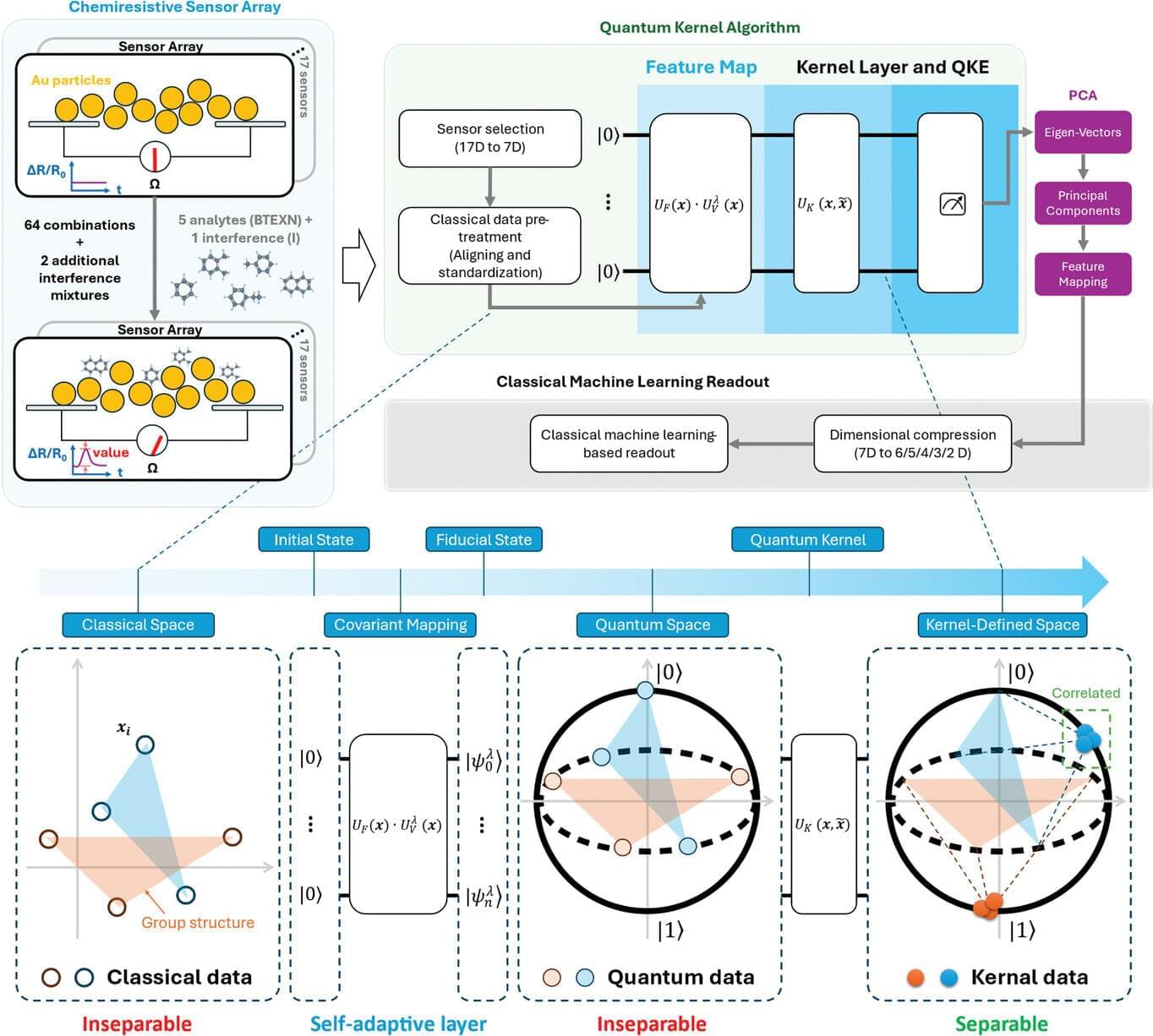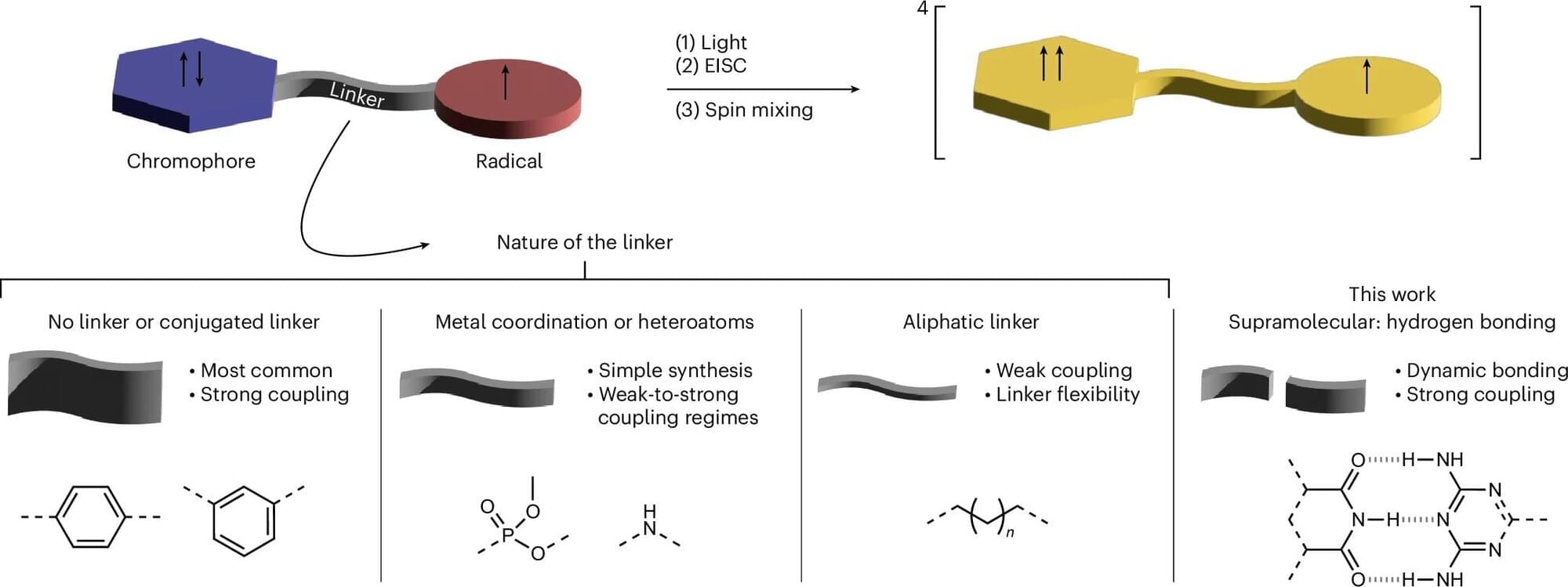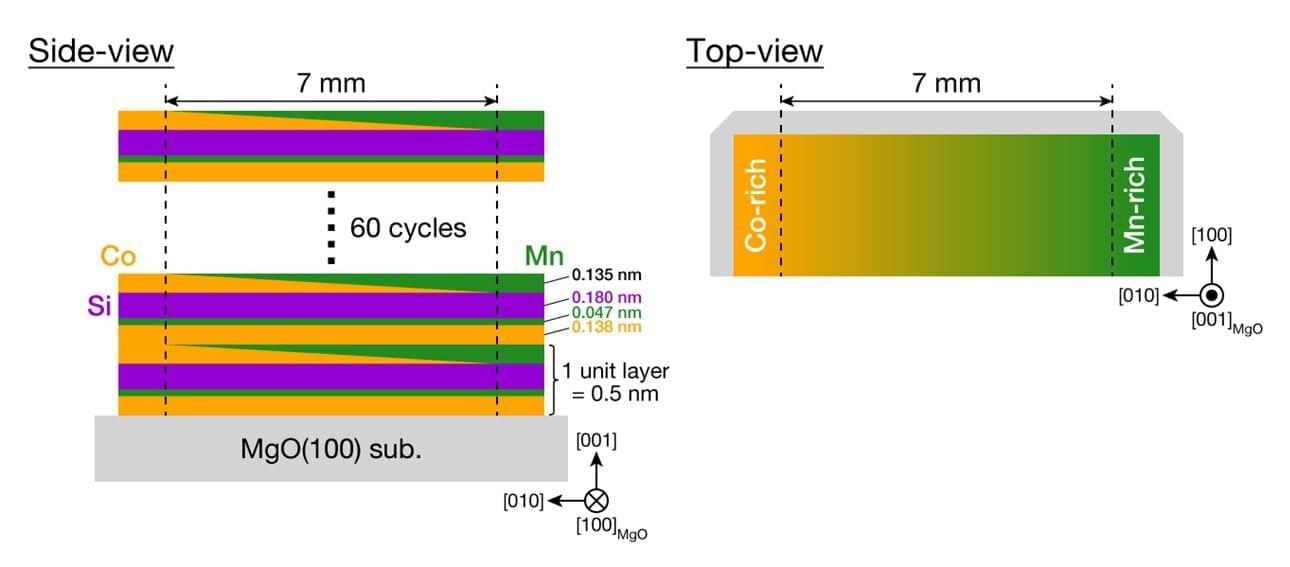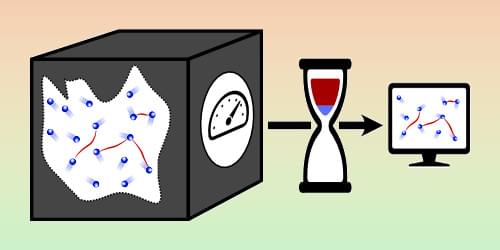In Intel’s second “Behind this Door” video, take a sneak peek into fab D1X in Oregon to see what is likely the most complicated machine humans have built. An extreme ultraviolet (EUV) lithography system uses radically shorter wavelengths to project circuit patterns onto silicon wafers. The #EUV machine pushes Moore’s Law forward and #chip makers cannot produce leading-edge chips without it. (Credit: Intel Corporation)
#Intel #Manufacturing #Semiconductor.
▶ Learn more on Intel’s EUV: https://intel.ly/3AeAKwz.
Notice: This video contains footage provided by external vendors who have their own safety and health policies. Moreover, some footage was recorded prior to the COVID outbreak when no pandemic-related mask or social-distancing policies were needed or in place.
About Intel Newsroom.
Intel Newsroom brings you the latest news and updates on world-changing technology that enriches the lives of everyone on Earth. Connect with us today!
Subscribe now to Intel Newsroom on YouTube: / intelnewsroom.
Visit the Intel Newsroom: https://www.intel.com/content/www/us/.… @IntelNews on Twitter: / intelnews.
